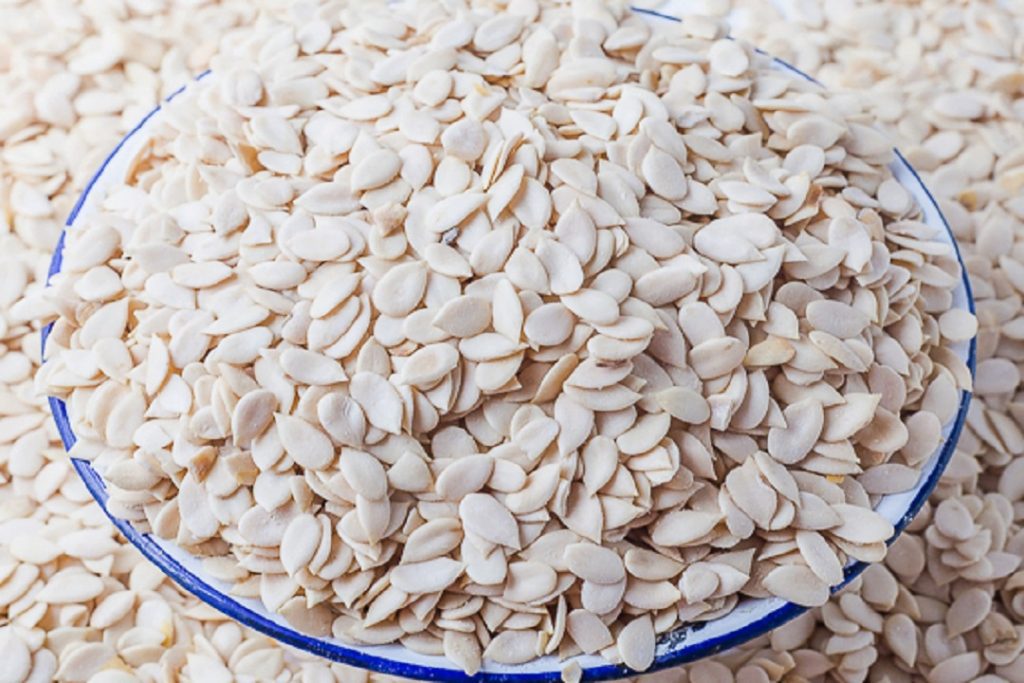Across Nigeria, hunger has many faces. But look closer, and you’ll notice something unsettling
— women and girls are often hit first, and hardest. Whether in rural communities or crowded
cities, food insecurity isn’t gender-neutral. It follows deeply ingrained social patterns, shaping
who eats, when they eat, and how much they get.
In many Nigerian households, especially in low-income or traditional settings, it’s common for
women to prepare the food, serve everyone else, and then eat what’s left. And when food is
scarce — as it increasingly is — that often means mothers go hungry to keep their children fed.
Girls may miss meals entirely or stay home from school to help search for food or water. These
patterns aren’t just acts of care; they’re symptoms of an unequal system.
Globally, the stats tell the story. The Global Hunger Index reports that women make up 60
percent of the world’s chronically hungry population. In Nigeria, the Food and Agriculture
Organization (FAO) found in a 2022 assessment that women are 10 percent more likely than
men to face moderate to severe food insecurity. This isn’t simply because women eat less; it’s
because they have less access to food, income, land, and power.
Let’s take agriculture, for instance. Women form nearly half of Nigeria’s agricultural workforce,
but they’re often sidelined. According to the International Food Policy Research Institute
(IFPRI), women in agriculture are less likely to own land, receive bank credit, or access new
farming technology. Many contribute labor on family farms without formal recognition or rights.
And when the government distributes farming inputs like seeds or fertilizer, it’s typically the male
“head of household” whose name is on the list — even if a woman is the one tilling the soil.
Then there’s maternal nutrition. For pregnant and breastfeeding women, the stakes are even
higher. Poor nutrition during pregnancy increases the risk of anemia, low birth weight, and even
maternal death. Yet in several states across northern Nigeria, thousands of women face chronic
hunger during pregnancy. Conflict zones like Borno, Yobe, and Zamfara have particularly high
rates of undernourished mothers, worsened by displacement and disrupted food aid.
In urban areas, the story shifts, but the gender gap stays. In overcrowded slums or informal
settlements, girls are often the first pulled out of school when money gets tight. Their days might
revolve around house chores, caregiving, or petty trading to support the family. Add hunger to
that equation, and they become even more vulnerable to exploitation, early marriage, or being
forced into transactional relationships just to survive.
Emergencies magnify these risks. During floods, conflict, or mass displacement, women and
girls face barriers that men don’t. Relief efforts may not account for safety at food distribution
points. Cultural norms might stop them from voicing their needs or standing in long queues
beside men. For girls in IDP camps, the challenges can include lack of sanitary products, unsafe
living conditions, and almost no access to nutrition-specific interventions.
But there is hope — and real progress.
Some NGOs are working directly with women to change these outcomes. In Kaduna and Ekiti
states, local cooperatives are teaching women sustainable farming techniques while helping
them access nearby markets. The World Food Programme (WFP) has piloted mobile cash
transfers in parts of the Northeast, allowing women to buy food directly rather than wait for aid
distributions. And school feeding programs with gender-sensitive planning are helping keep girls
in classrooms and off the hunger line.
The road ahead calls for more than good intentions. We need gender-inclusive data to
understand the full picture. We need policies that put women at the center of food systems —
not as silent supporters, but as decision-makers. And we need community-level education to
challenge harmful traditions that normalize hunger among women.
Because food security isn’t just about availability or affordability. It’s about fairness, too. And
until women and girls are equally nourished, our fight against hunger will remain only half-won.


